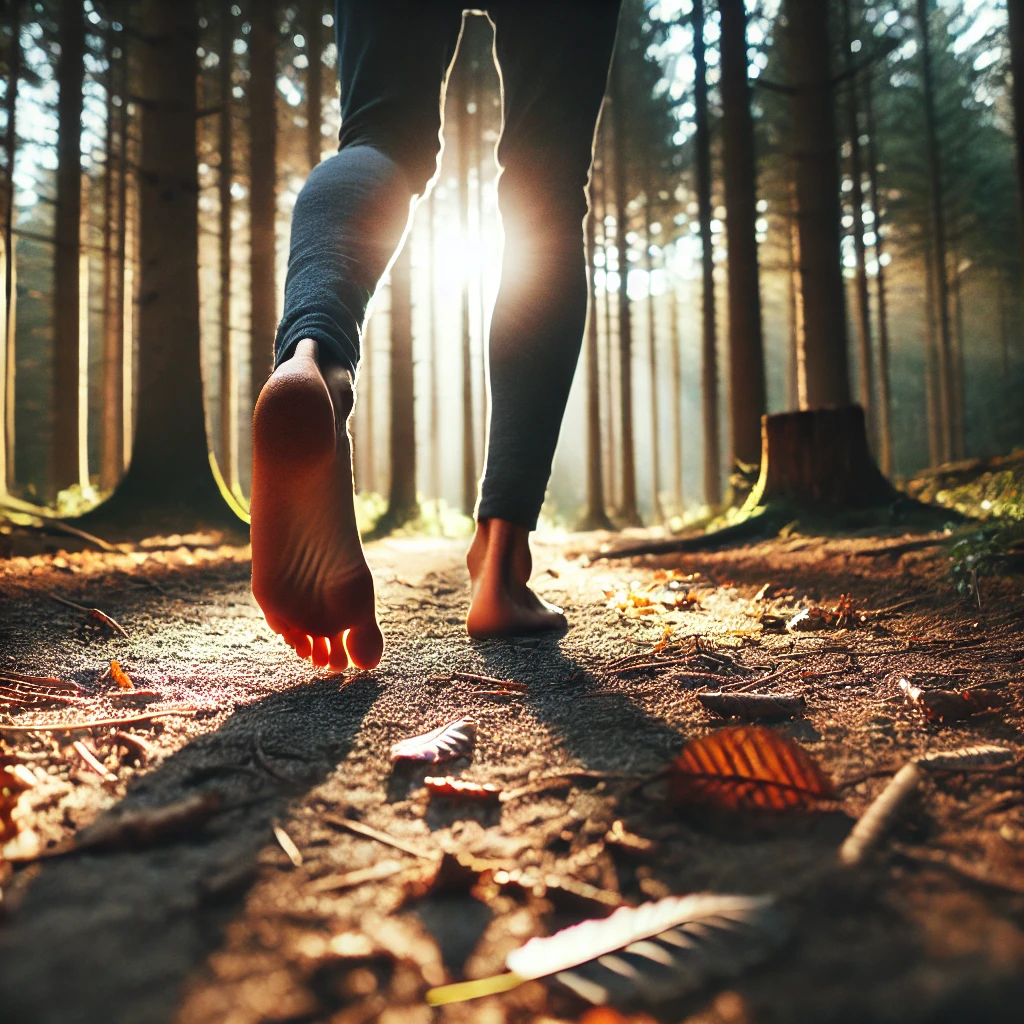Barefoot Running: Healthier Choice or Just a Trend
Have you ever wondered if ditching your running shoes could enhance your performance and reduce injuries? The concept of barefoot running, often referred to as “natural running,” has sparked debates among athletes and health enthusiasts alike. Is it a return to our primal roots offering genuine health benefits, or merely a passing fitness fad?
Understanding Barefoot Running
Barefoot running involves running without the use of shoes or with minimalistic footwear that mimics the experience of being shoeless. Proponents argue that it encourages a more natural gait, potentially leading to improved biomechanics and reduced injury rates.
Potential Health Benefits
- Improved Foot Strength: Running without shoes can strengthen the muscles, tendons, and ligaments of the foot, enhancing its natural arch and overall stability. This strengthening may help in stabilizing a flat arch.
- Enhanced Running Form: Barefoot runners often adopt a forefoot or midfoot strike pattern, which can reduce the impact forces associated with heel striking. This adjustment may lead to better running mechanics and efficiency.
- Increased Sensory Feedback: Running barefoot enhances proprioception—the awareness of body position and movement—allowing for immediate feedback and adjustments, potentially reducing the risk of injuries.

Risks and Considerations
- Increased Injury Risk: Transitioning abruptly to barefoot running can lead to injuries such as stress fractures, Achilles tendinitis, or plantar fasciitis due to the sudden change in foot mechanics and lack of cushioning.
- Environmental Hazards: Bare feet are vulnerable to cuts, abrasions, and infections from external elements like sharp objects or rough terrain.
- Adaptation Period: The feet and lower legs require time to adapt to the new stresses of barefoot running. A gradual transition is essential to build strength and prevent injuries.
The Rise and Decline of the Barefoot Running Trend
The barefoot running movement gained momentum in the early 2000s, influenced by publications advocating for a return to natural running forms. However, its popularity has seen fluctuations, with some attributing the decline to the challenges and injuries faced by runners who transitioned too quickly without proper adaptation.
Expert Recommendations for Transitioning
- Start Slowly: Begin with short distances to allow your feet and legs to adapt to the new demands.
- Choose Appropriate Surfaces: Start on soft surfaces like grass or sand before progressing to harder terrains.
- Listen to Your Body: Pay attention to any discomfort or pain, and allow adequate rest between sessions.
- Consider Minimalist Footwear: If full barefoot running seems daunting, minimalist shoes can offer a compromise by providing slight protection while still promoting a natural gait.
Barefoot running offers potential benefits, including improved foot strength and running mechanics. However, it also presents risks, especially if not approached cautiously. Whether it’s a healthier choice or just a trend depends largely on individual circumstances and the manner of implementation. As with any exercise regimen, it’s crucial to consider personal health, consult with professionals, and transition gradually to minimize risks.
![rootful.® Laufgürtel für Handy [HOCHWERTIG] Running Belt für Hand...](https://m.media-amazon.com/images/I/412v4YydkBL.jpg)




